Grazing management
Rainfall in many parts of the country in recent days, and further heavy rain forecast has significantly changed grazing circumstances. Conditions had been good, allowing heavier covers to be grazed with high levels of utilisation.
This will now become challenging for those on more marginal lands. Where sheep are given free access to large areas, the most palatable grass will be grazed, leaving lower-quality material present.
Forcing sheep to graze out such grass in the lead up, during or for the first month of gestation should be avoided.
There are two approaches to get around this – the first is to reduce the size of the grazing area to 24 to 36 hour grazing blocks using temporary fencing. Ewes will be forced to graze lower-quality material for a shorter period of time and performance will not be compromised.
The other approach is to allow sheep to graze off the most palatable material, returning in mid-pregnancy when swards have freshened up and ewes only require maintenance feeding to clean off swards.
The heavy rainfall is also forcing housing of stock on marginal lands, many of which have good covers of grass. This is presenting opportunities for temporary grazing agreements.
Establishing the value of this grass will be dependent on the cover of grass present, the quality of grass, likely utilisation and factors such as whether fencing is required.
Table 1 includes Teagasc recommendations detailing the number of days grazing available at different sward heights. It is based on allocating 1.7kg grass dry matter per head daily.
This is based on a grass utilisation figure of 75% and 1.3kg dry matter (DM) being consumed.
A grazing ewe in the midst of the breeding season will have an intake requirement ranging from 1.2-1.5kg DM (influenced by ewe liveweight) and it is important to satisfy this during breeding and in early gestation. This can be dropped back to 1-1.2kg DM in mid-pregnancy.
Liver fluke
I have attended a number of farm meetings where farmers have treated ewes in recent weeks. The objective is good with many who have treated on marginal lands with a history of fluke.
The issue is that many farmers have used products that target only mature fluke or combination products, which also only target mature fluke. At this stage of the year products should target at least immature fluke.
Cork CAP meeting
The Irish Farmers Journal, supported by AIB and the Department of Agriculture Food and the Marine, will run a series of CAP Information Meetings starting in the Clayton Silver Springs Hotel, Cork (T23 E244) on Tuesday 25 October from 7.30pm – 9.30pm. The meeting is free to attend and you can register at www.ifj.ie/register.
All aspects of the new CAP Strategic Plan will be covered including schemes applicable to sheep farmers.




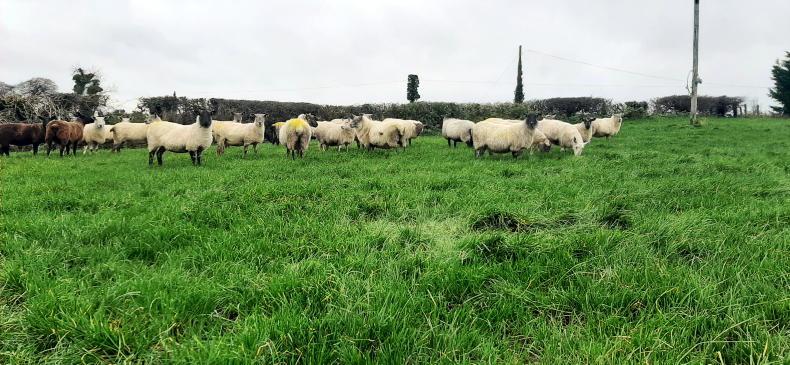
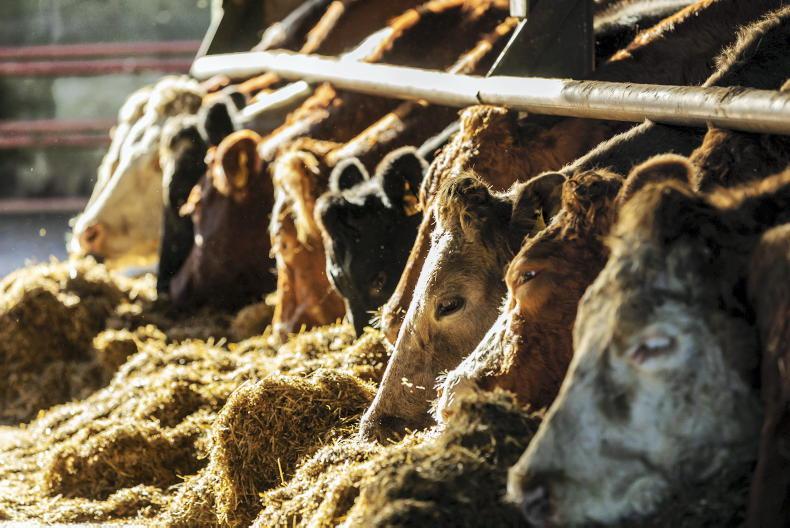

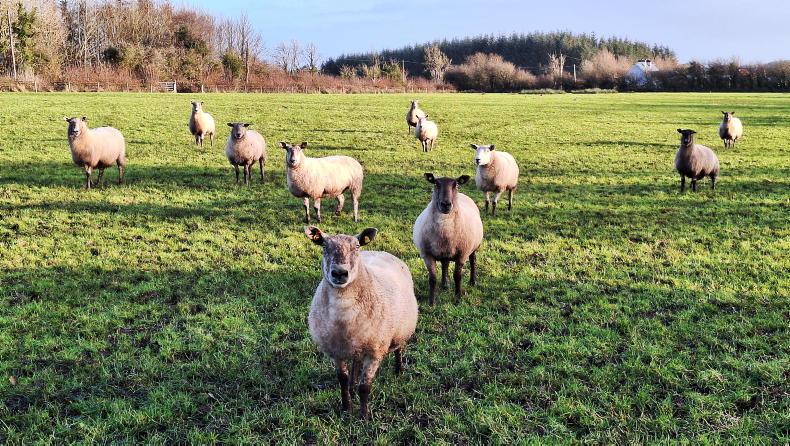
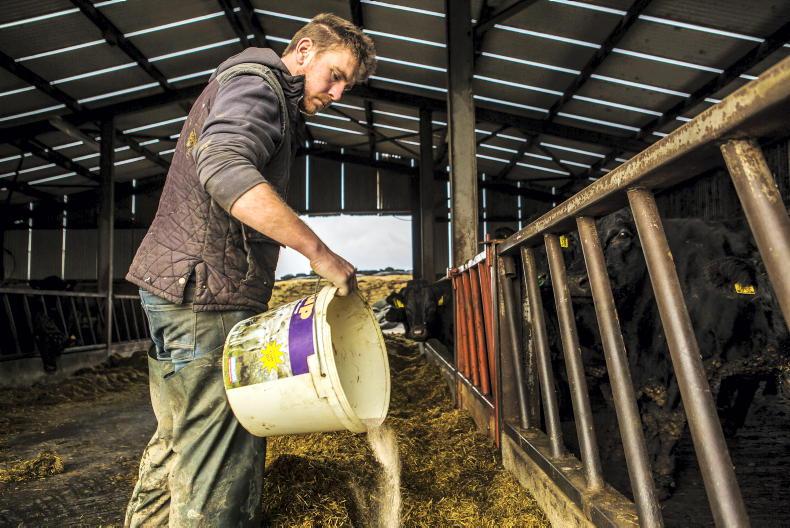
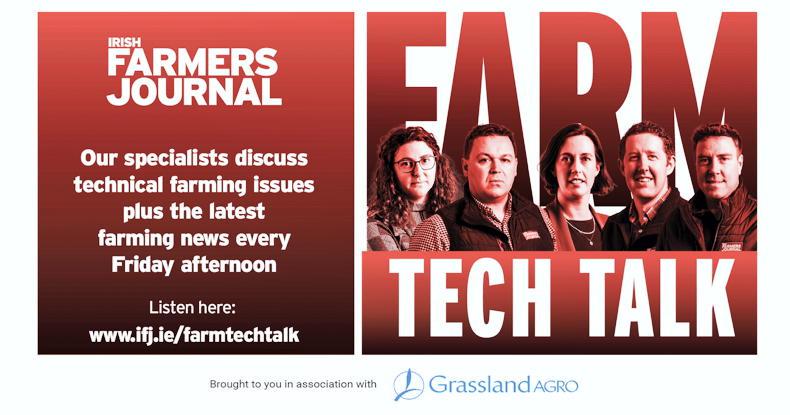
SHARING OPTIONS